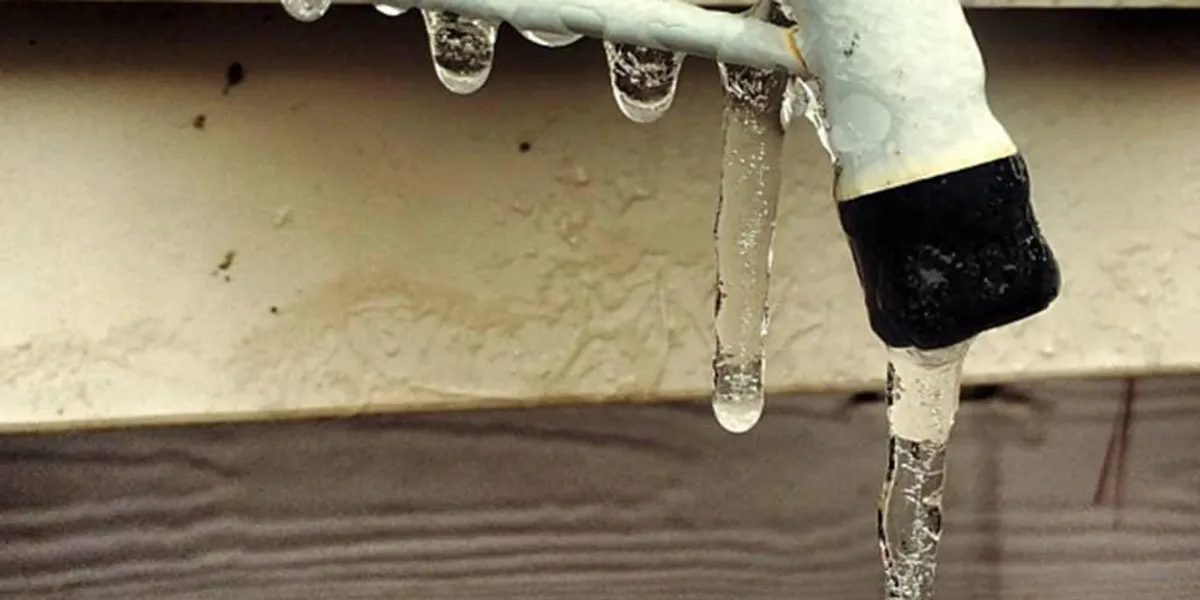Essential Tips to Protect Against Frozen Pipes in Cold Weather
Essential Tips to Protect Against Frozen Pipes in Cold Weather
Blog Article
What're your insights and beliefs on Preventing and dealing with frozen pipes?

Cold weather can damage your plumbing, specifically by freezing pipes. Right here's just how to avoid it from taking place and what to do if it does.
Introduction
As temperatures drop, the threat of frozen pipes increases, possibly leading to costly repair services and water damages. Understanding exactly how to avoid frozen pipes is crucial for house owners in cool climates.
Recognizing Icy Pipelines
What creates pipelines to freeze?
Pipes ice up when exposed to temperature levels below 32 ° F (0 ° C) for expanded durations. As water inside the pipes ices up, it increases, putting pressure on the pipe walls and potentially causing them to rupture.
Dangers and damages
Frozen pipelines can result in water supply interruptions, residential or commercial property damages, and costly repair services. Ruptured pipes can flood homes and cause comprehensive architectural damage.
Signs of Frozen Pipes
Recognizing icy pipelines early can prevent them from rupturing.
How to recognize frozen pipes
Look for lowered water circulation from faucets, uncommon smells or noises from pipelines, and visible frost on subjected pipelines.
Prevention Tips
Protecting vulnerable pipelines
Wrap pipelines in insulation sleeves or make use of warm tape to shield them from freezing temperature levels. Focus on pipes in unheated or exterior locations of the home.
Heating techniques
Maintain indoor areas sufficiently heated, specifically locations with pipes. Open cabinet doors to permit cozy air to flow around pipes under sinks.
Shielding Exterior Plumbing
Yard hose pipes and outdoor taps
Disconnect and drain yard tubes prior to wintertime. Mount frost-proof faucets or cover outdoor taps with protected caps.
What to Do If Your Pipes Freeze
Immediate activities to take
If you presume icy pipes, keep faucets open to eliminate stress as the ice thaws. Make use of a hairdryer or towels soaked in hot water to thaw pipes gradually.
Long-Term Solutions
Structural adjustments
Consider rerouting pipes away from outside walls or unheated locations. Add additional insulation to attic rooms, cellars, and crawl spaces.
Updating insulation
Buy high-grade insulation for pipes, attics, and wall surfaces. Proper insulation aids keep consistent temperature levels and reduces the threat of frozen pipelines.
Conclusion
Protecting against frozen pipes requires positive actions and fast actions. By comprehending the causes, indications, and preventive measures, house owners can secure their pipes during cold weather.
6 Proven Ways to Prevent Frozen Pipes and Protect Your Home
Disconnect and Drain Garden Hoses
Before winter arrives, start by disconnecting your garden hoses and draining any remaining water. Close the shut-off valves that supply outdoor hose bibs and leave the outdoor faucet open to allow any residual water to drain. For extra protection, consider using faucet covers throughout the colder months. It’s also important to drain water from any sprinkler supply lines following the manufacturer’s directions.
Insulate Exposed Pipes
Insulating your pipes is an effective way to prevent freezing. Pipe insulation is readily available at home improvement stores and is relatively inexpensive. Pay close attention to pipes in unheated areas such as the attic, basement, crawl spaces, or garage. Apply foam insulation generously to create a buffer against the cold. You can also wrap your pipes in heat tape or thermostat-controlled heat cables for added warmth.
Seal Air Leaks
Inspect your home for any cracks or openings that could let in cold air. Seal any holes around the piping in interior or exterior walls, as well as the sill plates where your home rests on its foundation. Additionally, make sure to keep your garage door closed unless you’re entering or exiting. Leaving it open creates a significant air leak that can lead to frozen pipes.
Allow Warm Air Circulation
During cold snaps, it’s essential to allow warm air to circulate evenly throughout your home. Leave interior doors ajar to promote better airflow. Open kitchen and bathroom cabinets to help distribute heat consistently around the rooms. If you have small children or pets, be sure to remove any household chemicals or potentially harmful cleaners from open cabinets for safety.
Let Faucets Drip
A small trickle of water can make a big difference in preventing ice formation inside your pipes. When temperatures drop significantly, start a drip of water from all faucets served by exposed pipes. This continuous flow helps prevent the water from freezing. Additionally, running a few faucets slightly can relieve pressure inside the pipes, reducing the chances of a rupture if the water inside does freeze.
https://choateshvac.com/6-proven-ways-to-prevent-frozen-pipes-and-protect-your-home/

I ran across that review about Helpful Tips to Prevent Frozen Pipes this Winter when surfing around the internet. Sharing is good. You never know, you may very well be helping someone out. Thank you for your time. Don't hesitate to visit our blog back soon.
Book Service Report this page